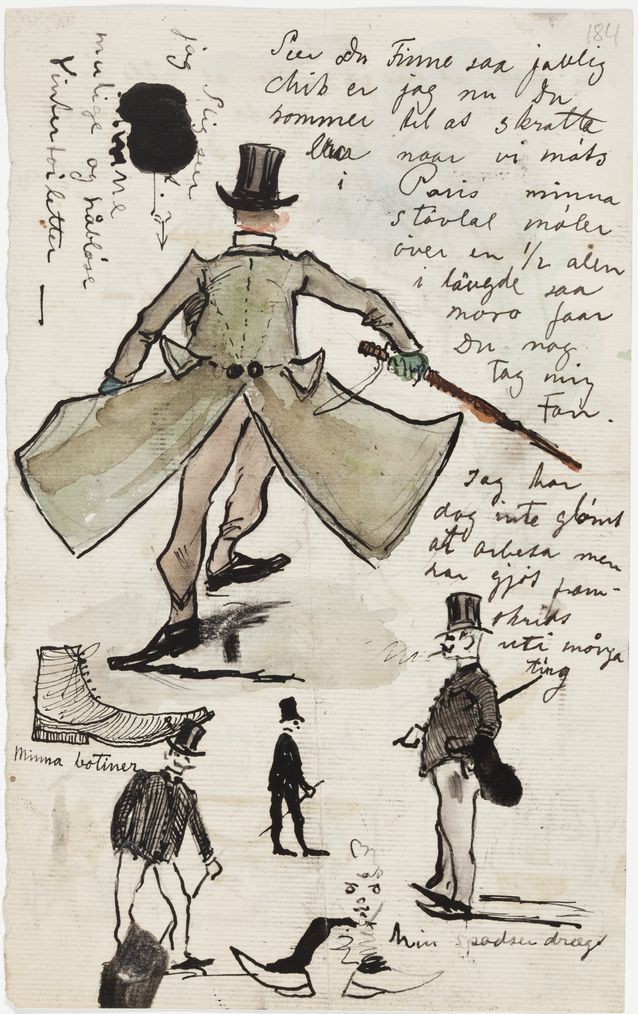Tuija Wahlroos
Born June 16, 1968, Kajaani
Master of Arts (art history) 1996, University of Helsinki
Museum Director 2005–, the Gallen-Kallela Museum
Acting Museum Director 2003–05, the Gallen-Kallela Museum
Exhibitions Manager 1998-2003, the Gallen-Kallela Museum
Acting Museum Director 1997–98, the Gallen-Kallela Museum
Exhibitions and project Manager 1995–97, the Gallen-Kallela Museum
Exhibitions secretary 1995, City of Karkkila
Employers during her student years, 1988–94: City of Helsinki, the Design Museum, the Gallen-Kallela Museum, the Retretti Art Centre, Galleria Kateriina, Kainuun Sanomat
Board member 2008–, the Kalevala Society
Board member 2008–,the Union of Academic Museum Employees in Finland
Photo: Markus Wahlroos
Written by Tuija Wahlroos (Riitta-Hurmerinta, ed.)
Translated by Matthew Billington

